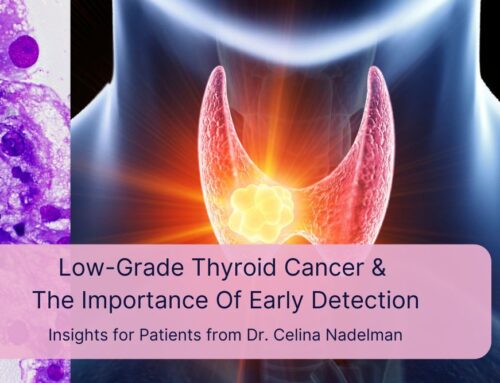When it comes to abnormalities in the pancreas, early detection and treatment is always better. The pancreas is a gland in the abdomen that promotes digestion and helps regulate blood sugar by secreting insulin. Pancreatic lesions include cysts, pseudocysts – false cysts – and tumors. A fine needle aspiration specialist can determine the difference.
A pancreatic lesion may exist for some time – often years before it is discovered. Sometimes the discovery occurs because of symptoms, but the lesions may also be picked up during imaging for other purposes. It is particularly important that pancreatic lesions be diagnosed as early as possible. Sometimes the lesions are cancerous tumors, especially in those who have a family history of pancreatic cancer. The earlier the lesion is identified, the sooner treatment can begin and the more likely it is that treatment will be successful.
A fine needle aspiration (FNA) is exactly what it sounds like. The doctor inserts a small, thin needle into the body and sucks out, or aspirates, tissue and fluid. The material obtained is examined under a microscope to identify any abnormal cells. For pancreatic lesions, the procedure also requires an endoscopic ultrasound. The endoscope is a tiny camera on a long flexible tube that is inserted into the digestive tract after the patient is sedated. The camera allows pinpoint accuracy in finding pancreatic lesions. The combined procedure is called an endoscopic ultrasound fine needle aspiration or EUS-FNA.
An EUS-FNA is an outpatient procedure and may be done in a doctor’s office or an outpatient surgery center. The procedure is safe, downtime is minimal and once the sedation has worn off, patients go home. The tissue and cells obtained during the procedure are immediately examined by the cytopathologist – a specialist in this kind of procedure and diagnosis. In most cases, the diagnosis can be made within 2 hours, which means treatment can be initiated quickly.
Pancreatic lesions are often discovered by primary care physicians in the course of other examinations. The patient is referred to a cytopatholgist for further diagnosis. A board certified cytopathologist must complete extensive additional training in the field beyond that of general medical pathology and must pass an examination to become certified. In addition, a fine needle aspiration specialist like Dr. Celina Nadelman has extensive experience with the necessary diagnostic procedures and techniques. Dr. Nadelman will also work with consulting specialists or the primary care physician as necessary during the treatment process.




